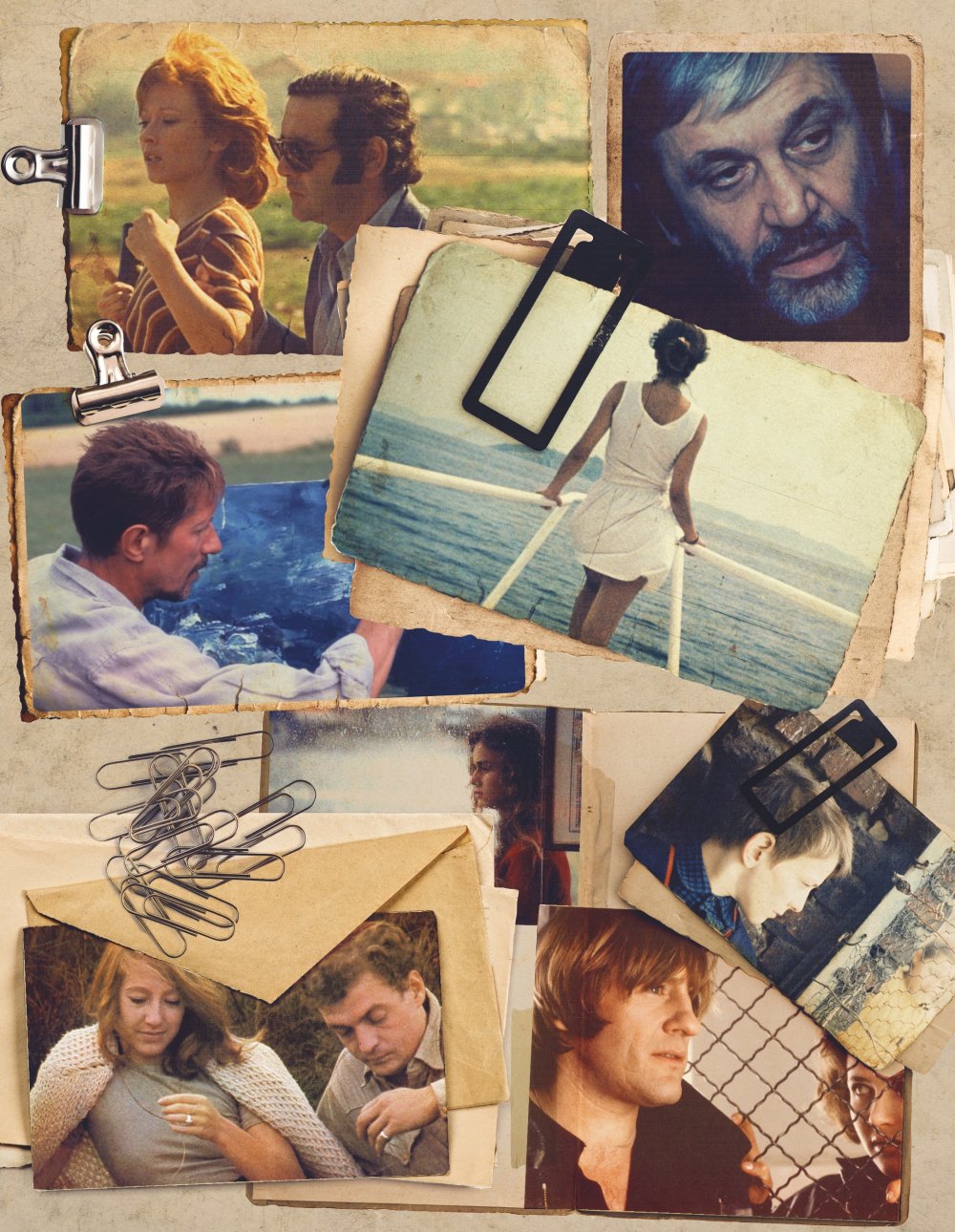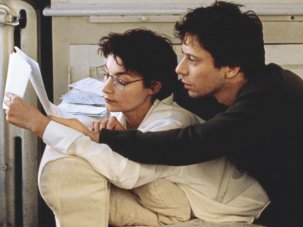If Maurice Pialat never had the same impact outside the country of his birth as he did within it, perhaps that is partly down to his mission – to show France nue, naked, with all its prejudices, sexual imbalance and class tensions laid out before his camera, with no apology or direct criticism.

The S&S Deep Focus season Maurice Pialat and the New French Realism screens at BFI Southbank, London, until the end of December.
Read more about Pialat and the young French talent he inspired, including an interview with Olivier Assayas, in our November 2019 issue.
When Cahiers du cinéma in 1998 convened a meeting of young French filmmakers to discuss the influence of the New Wave, the conversation soon turned to Pialat, with the majority asserting that he was far more significant in their formation. While his refusal to concede to cliché and the sentimental, as well as his boldness in tackling unpredictable subjects, is perfectly evident in the work of such overt disciples as Cédric Kahn and Arnaud Desplechin, it’s much harder to define exactly where Pialat himself springs from – and in what tradition in French cinema he takes his place, if any.
Any attempt to assess Pialat’s cinema is necessarily a catalogue of contradictions. In generational terms, he should rightly be considered a member of the French New Wave, but he stood apart from them and only shot his first feature, L’Enfance nue (Naked Childhood), in 1968, when he was 43. His films were challenging in their brutal subject matter and elliptical narratives, and extremely autobiographical, yet he was capable of reaching a large audience, and moving them with an underlying tenderness.
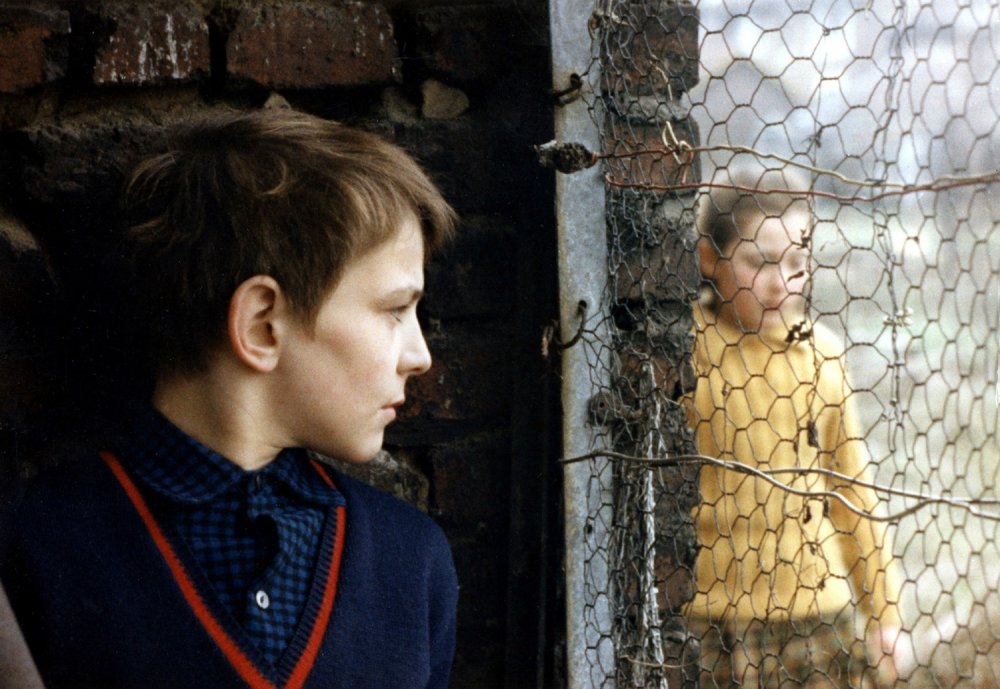
L’Enfance nue (Naked Childhood, 1968)
He was open to working in genre – the cop thriller (Police, 1985), the literary adaptation (Under the Sun of Satan/Sous le soleil de Satan, 1987, from a Georges Bernanos novel), the biopic (Van Gogh, 1991) – but they emerged with all the hallmarks of his more personal projects.
In their directness and rough edges his films often appeared to be largely improvised, but were actually in the main very closely scripted. And while he enjoyed working with non-professionals, he was happy to cast established stars – Gérard Depardieu, Isabelle Huppert, Sophie Marceau, Jacques Dutronc – and succeeded in moulding them to his vision.
Born in the centre of France, the Auvergne, Pialat spent his formative years in the Parisian suburbs, the latter experience reflected in the bleak alternative view of the city provided by his early short documentary L’Amour existe (Love Exists, 1960).
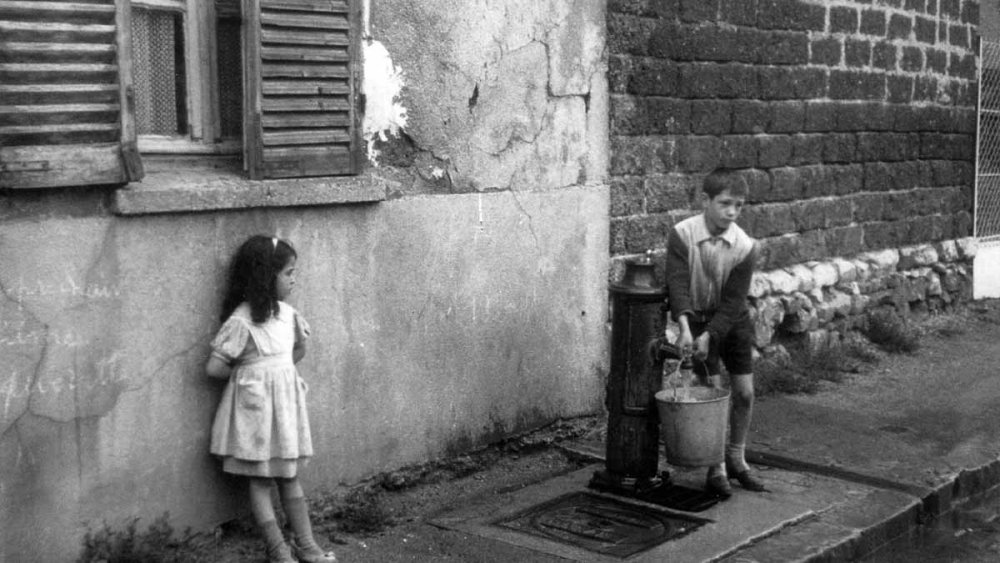
L’Amour existe (Love Exists, 1960)
The film that made the greatest impression on him as a boy was Jean Renoir’s La Bête humaine (1938), a contemporary adaptation of Emile Zola’s novel dominated by working-class figures steeped in the soot and oil of the railways. This was very much la France profonde, the near-mythical world of rural life outside the big cities, up there on the big screen. It’s easy to see Jean Gabin, the star of Renoir’s film, as a model actor for Pialat – a solid man of the people, totally believable in a fictional context and unaffected in his speech and manner.
Although Pialat was very grudging in his praise of other filmmakers (while at the same time denying his own worth), he held to Renoir and Marcel Carné as the two masters of classic French cinema. Of the two, he inclined more to Renoir’s brand of realism – a natural way of acting, a freedom to react to the conditions of the shoot, an open camera style in natural locations – than Carné’s supremely crafted world filled with poetic dialogue and gestures, and usually filmed on elaborate sets.
Pialat himself tried on various hats through the 1950s and 60s, making observational documentaries and quirky shorts borrowing from silent cinema and surrealism. L’Enfance nue grew out of a documentary project about the fostering of children. He had researched the subject deeply in the same town – Lens, in the north of France – where he made the film. As he would later express it, “While shooting L’Enfance nue, I was thinking about Repas de bébé.” He was referring to Baby’s Breakfast, a short made by the Lumière brothers in 1895, a static record of an amusing, everyday event, but one staged for the camera.
And this sense of the lens as observer, transforming a reality into something potentially miraculous, remained central to his method, and his approach to whatever happened in front of it. This placed him some distance from the famous New Wave directors, who in their backgrounds as film critics had a deeply self-conscious relationship with cinema – Godard deconstructing the medium, Truffaut celebrating literary tropes, Rivette reflecting on the theatre and life, and so on.
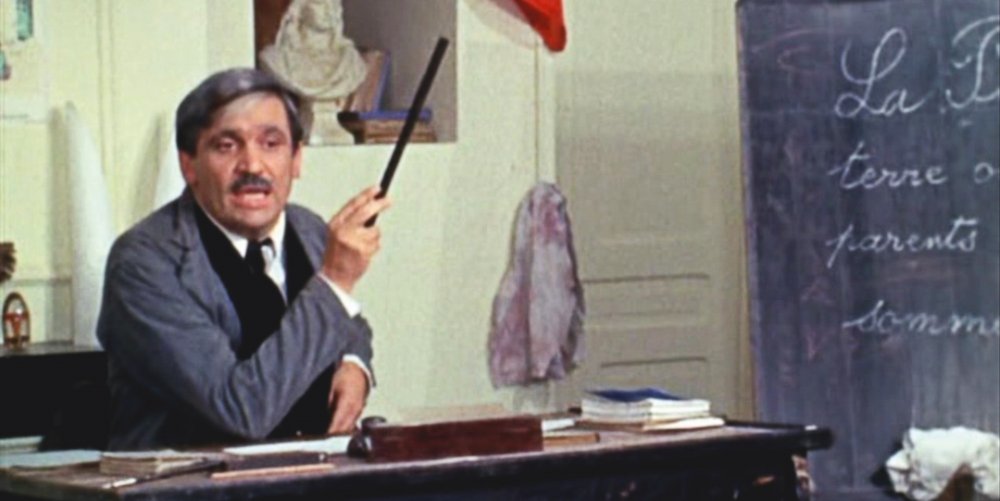
La Maison des Bois (The House in the Woods, 1971)
If Pialat was close to anyone from that generation, it was the now rather forgotten Jacques Rozier, whose Adieu Philippine (1962) was a wry tale of young men and women playing amorous games, filmed in real locations with an unknown cast. But Rozier’s film freely employs post-synchronised dialogue and music-driven sequences, which were far from Pialat’s preference for direct sound, however rough, and his very sparse use of music, usually heard from onscreen gramophones or performers.
Within French cinema, Pialat has been on occasion compared to Robert Bresson, whose Diary of a Country Priest (1951) and Mouchette (1967) were also adapted from Bernanos novels, and it’s true there is a defiant rigour and refusal of affect in their films that brings them close. But even though Pialat had early aspirations to be a painter – and exhibitions of his work, quasi post-impressionist, largely figurative and bold in colour, have been held since his death – there is little sense of Bresson’s precise framing in his work.
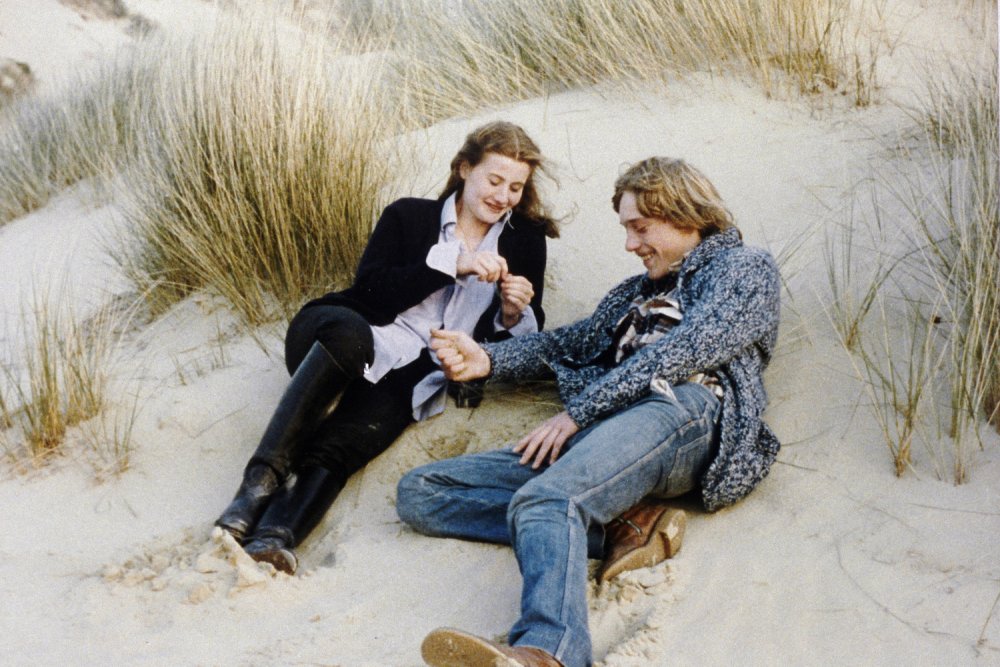
Passe ton bac d’abord (Graduate First, 1978)
Nor is there any of the reduction of his ‘actors’ to simple gestures and a monotone delivery of lines. In L’Enfance nue, as well as the glorious (and only recently available again) television series La Maison des bois (The House in the Woods, 1971), about children packed off to the countryside during World War I, Pialat was dealing with kids untutored in filmmaking or acting, and this spilled into his casting of the adults. Later on, when he made Passe ton bac d’abord (Graduate First, 1978), a quick solution to using up funds from an abandoned project, Pialat returned to the town of Lens, and his research among the youth living there led to their recruitment as actors. In that film, which deals compassionately with the limited options available to provincial school-leavers, he even used the conversations held in cafés as the basis of the script.
But for his second feature, We Won’t Grow Old Together (Nous ne vieillirons pas ensemble, 1972), Pialat cast two of the most popular stars of French cinema at that time. Marlène Jobert was best known for light comedy, but she was living then with Claude Berri – a close friend of Pialat from the days before he became a successful director himself – and was open to a different way of working. Jean Yanne had just acted in Claude Chabrol’s The Beast Must Die (Que la bête meure, 1969), in which Pialat had played a police inspector.
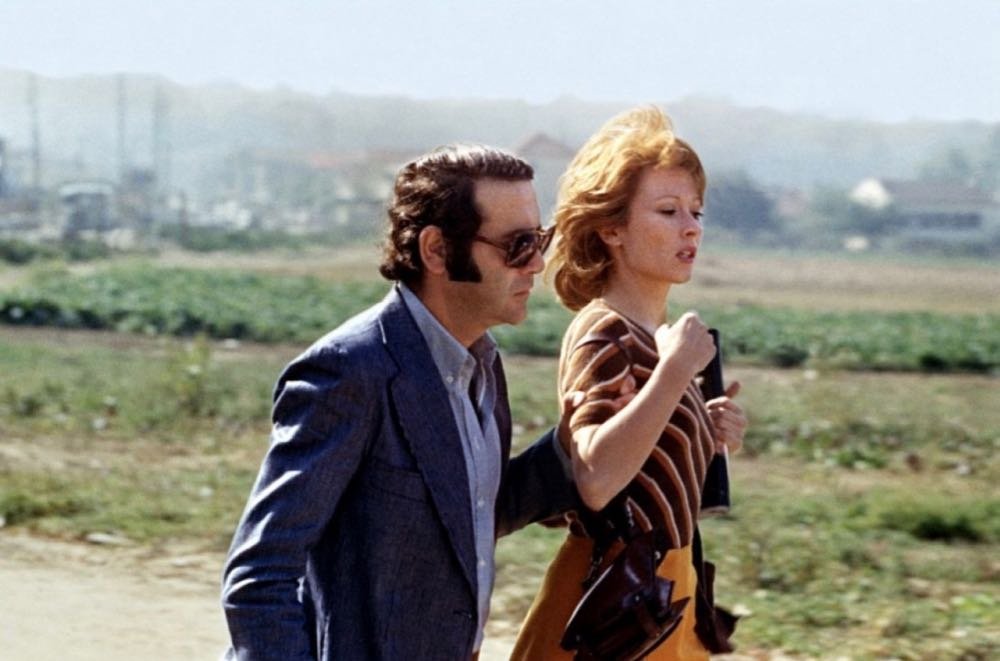
We Won’t Grow Old Together (Nous ne vieillirons pas ensemble, 1972)
The screenplay began as a novel by Pialat himself, a completely autobiographical story of the tortuous relationship between a television director and his lover. Composed largely of an unremitting sequence of arguments held inside cars and hotel rooms, the film was a box-office success in France, embraced by audiences for all the reasons that might have been expected to repulse them.
The shoot was as fraught as its subject, with Pialat and Yanne descending to screaming matches; at one point the production was almost closed down. Jobert has recalled that the actor had problems with the boorish nature of the Pialat substitute he was required to play, while she felt the masochistic side to her character was defensible. Like many called upon to comment on Pialat, she found that he absolutely relied on tension and conflict to function, and that the swift transitions between calm and violence in the script were constantly mirrored by the climate on the set. For Pialat, she observed, “Nothing was more authentic than his own life” – and he was as unsparing with himself as he was with his collaborators.
Similar incidents were reported in the making of Loulou (1980), in which Pialat had the support of Gaumont to hire Depardieu and Huppert, two of the most bankable French names around. Pialat even disappeared from the shoot for three days, according to Huppert, such were the growing antagonisms, mainly with the male actors; television footage from the set shows Pialat in a very argumentative frame of mind. Depardieu, playing the minor criminal who gives Huppert’s character sexual satisfaction way beyond that in her bourgeois marriage, became very irritated by Pialat’s needling and prevarications. It was only after seeing the completed film that he realised just what Pialat had achieved, and offered himself up to act for him again.
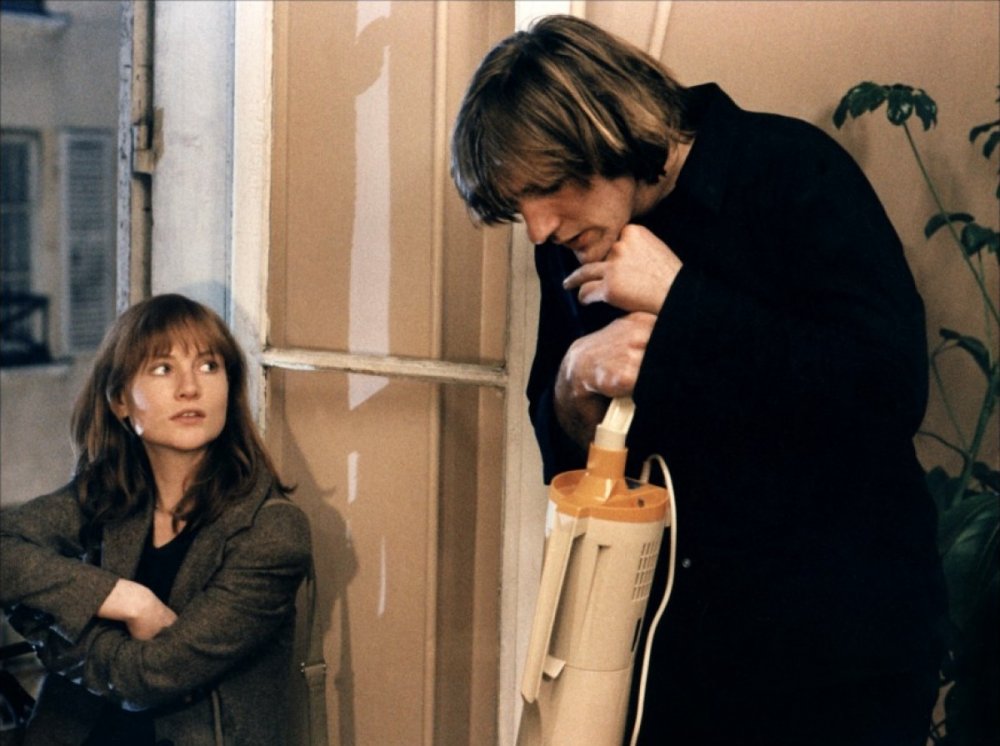
Loulou (1980)
Huppert relished the freedom she found with Pialat; in a café scene, she and Depardieu never heard the words ‘action’ or ‘cut’, but instinctively felt the camera was on and just slipped into the dialogue of their characters, so that “the fiction lodged itself in the heart of reality”. This is a well-known technique employed by Ken Loach, and indeed some comparisons have been made between the British ‘realist’ and Pialat. But while Loach rarely creates a scene without a political subtext, in Pialat such issues as class warfare and economic deprivation are there as the brute matter of life rather than an ideological motor for the narrative.
More than Loach, the usual connection made is between Pialat and John Cassavetes, who also walked a creative tightrope between total independence and working with the studios, and dealt with people and milieux rarely given space in mainstream cinema. Where the two come close is in creating a sense that the actors are improvising their dialogue, where in fact what ends up on screen was mainly derived from their scripts, with adjustments made during the filming (both Huppert and Jobert have testified to this in the case of Pialat).
But there is a significant cultural gap between the peculiarly American energy of the characters in Cassavetes’s films and the wayward, often abusive behaviour unveiled in those of Pialat. Cassavetes was immersed in his own version of Method acting and built up his films through workshops and intensive rehearsals. Pialat’s own involvement with theatre included some amateur experiences when young and taking on small parts in classics in the mid1950s, but when it came to the cinema, what rehearsal he felt was necessary happened on set.
Above all, Pialat expected his actors to enter into a dramatic situation through their own instincts, embrace the moment, and offer him something he hadn’t expected. (Robert Altman worked with a similar attitude, but with greater patience.)
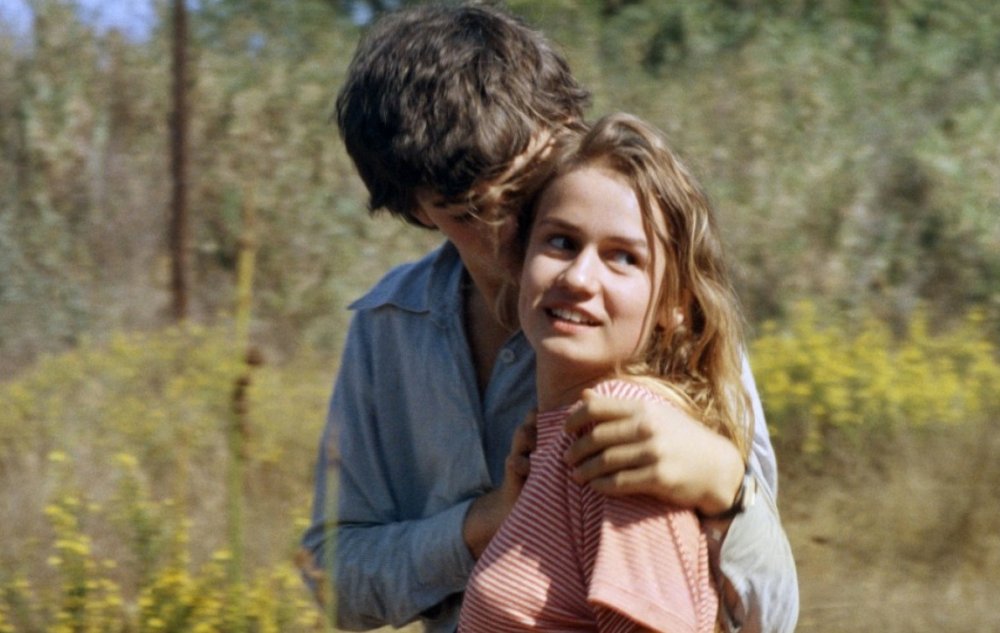
À nos amours (1983)
The most striking examples of this occur in À nos amours (1983), the film in which the director discovered Sandrine Bonnaire, whose total ease before the camera and natural magnetism made her the perfect Pialat actress. She was cast as Suzanne, a promiscuous teenager who slides from one lover to another without ever feeling she has found the right man.
The screenplay was by Arlette Langmann, sister of director Claude Berri and one-time partner of Pialat, whose own life experience had already provided the triangular situation in Loulou. Like Pialat, she was not afraid of autobiography as the truest subject for a film. Pialat cast himself as Suzanne’s father, and one of the sweetest scenes he ever filmed consists of him alone with Bonnaire, commenting on how she once had two dimples on her face, and that now one has vanished. This was not scripted, and neither was the extraordinary engagement dinner when the family were joined by a guest played by the film critic (and later scriptwriter for Pialat) Jacques Fieschi.
Up until that day, according to the screenplay, the father had disappeared, presumed dead. But after informing only key members of the crew, Pialat appeared to join the table in character, and improvised a discussion. He taunted Fieschi about an interview his character was supposed to have published, in which Suzanne’s brother had been denigrated. In fact, this was a reference to a real interview which Fieschi had conducted with the cinematographer Pierre-William Glenn, who had worked with Pialat on two films and found his methods insupportable (many of Pialat’s films ended up being shot and edited by several people, though it’s hard to say who did what). Fieschi had to deal on camera with his genuine embarrassment at this challenge, while Evelyne Ker, who played the mother, had at this point become so fed up with Pialat she just slapped him – both for real and in character. All of this was used in the final edit.
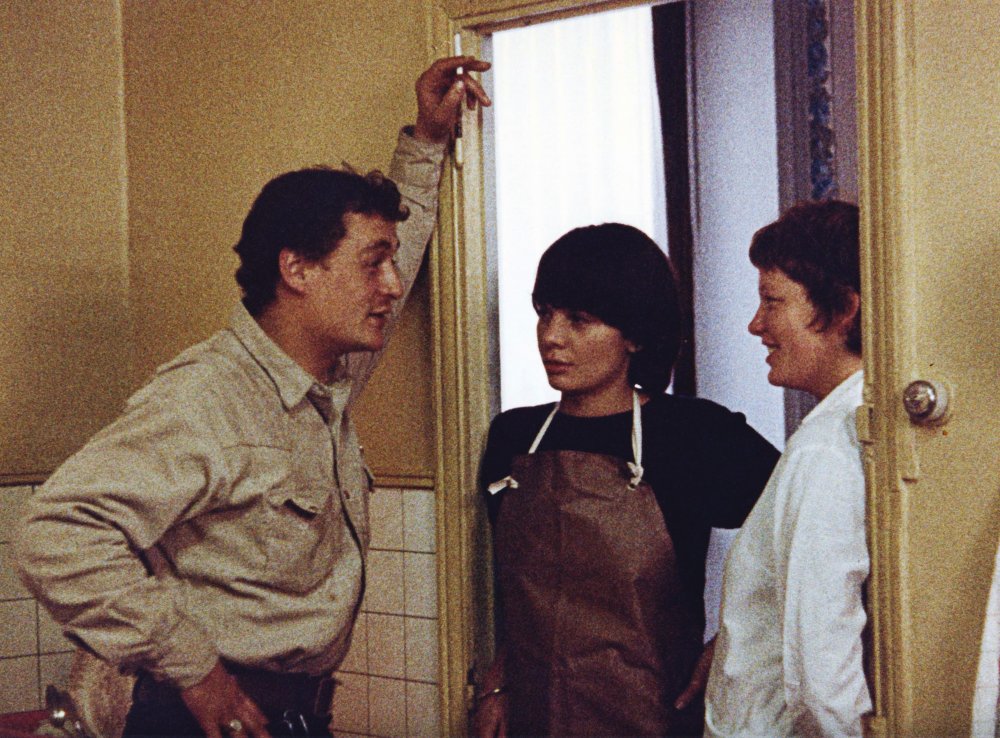
La Gueule ouverte (The Mouth Agape, 1974)
None of this of course needs to be known by the spectator of the film, and indeed only those who have researched Pialat – and there is relatively little written in the English language would have any idea about it. All that matters is that the authenticity of the moment is tangible, while the method remains invisible. How many directors could succeed in showing a death by cancer in La Gueule ouverte (The Mouth Agape, 1974) or the struggles of a tortured artist in Van Gogh and not lapse into bad taste or melodrama?
In Pialat’s last and least-seen film, Le Garçu (1995), Depardieu is the estranged father of a young boy, who was played by the director’s only son, Antoine, aged four. The film is somewhat broken-backed, and Pialat had hoped to re-edit it at some stage (a long illness leading to his death in 2003 prevented this). But it is clear that he took a real pleasure in the filming of Antoine, and Le Garçu stands as a response to the sadness of the orphan in L’Enfance nue, so creating a kind of blessed arc to a troubled career. Once again Pialat enjoys the innocent gaze he had found in the Lumière films, an attitude that often carries such an emotional charge it is little wonder French cinema was changed by his example.
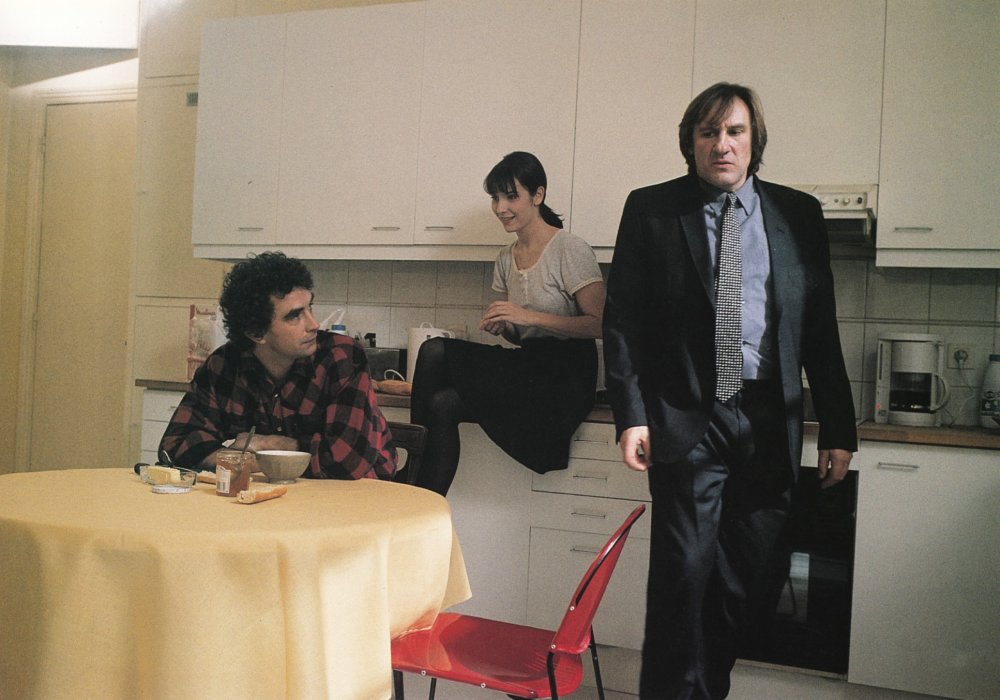
Le Garçu (1995)
Also in the November 2019 issue of Sight & Sound
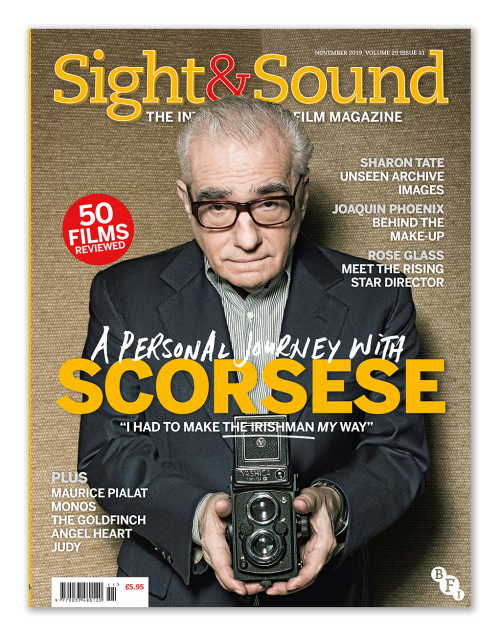
Testaments of youth
Heavily indebted to the spirit of Maurice Pialat, a wave of young French talent found its voice in the 1990s with some raw realist gems. By Ginette Vincendeau.
+ A filmmaker under the influence
Cold Water director Olivier Assayas reflects on the impact Maurice Pialat had over him and a generation of French filmmakers, in an interview with James Bell.
-
The 100 Greatest Films of All Time 2012
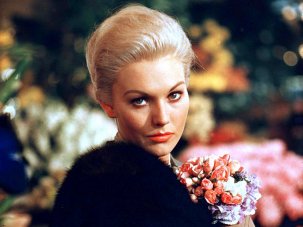
In our biggest ever film critics’ poll, the list of best movies ever made has a new top film, ending the 50-year reign of Citizen Kane.
Wednesday 1 August 2012
-
The Digital Edition and Archive quick link
Log in here to your digital edition and archive subscription, take a look at the packages on offer and buy a subscription.




